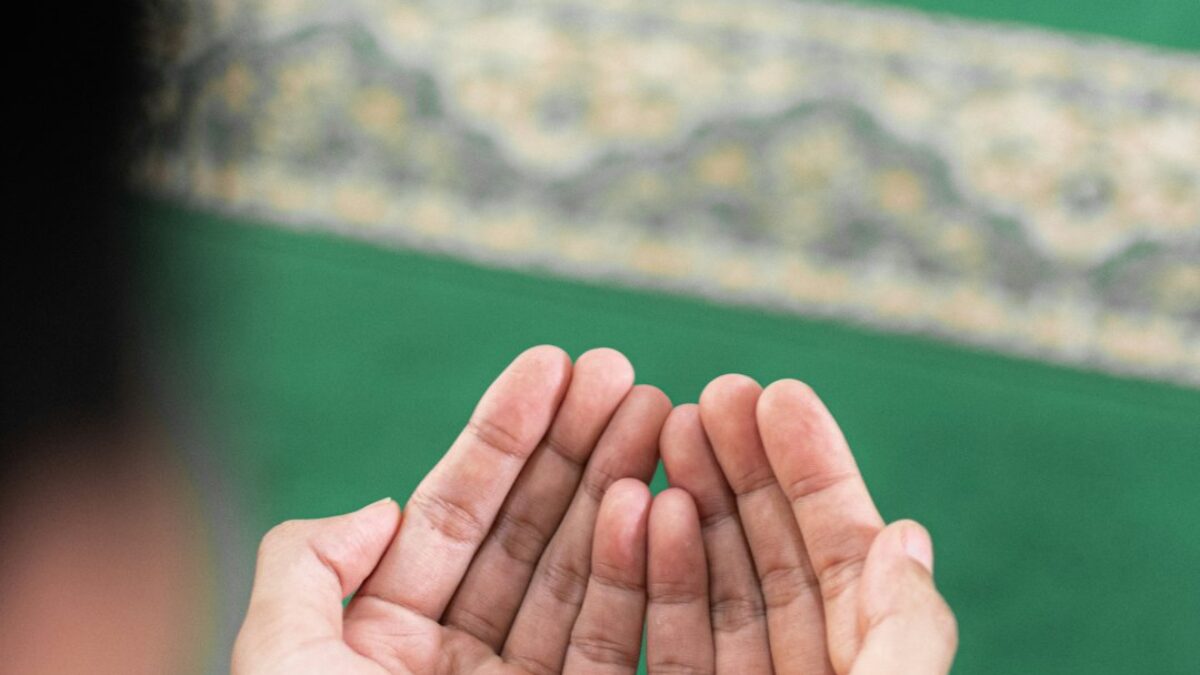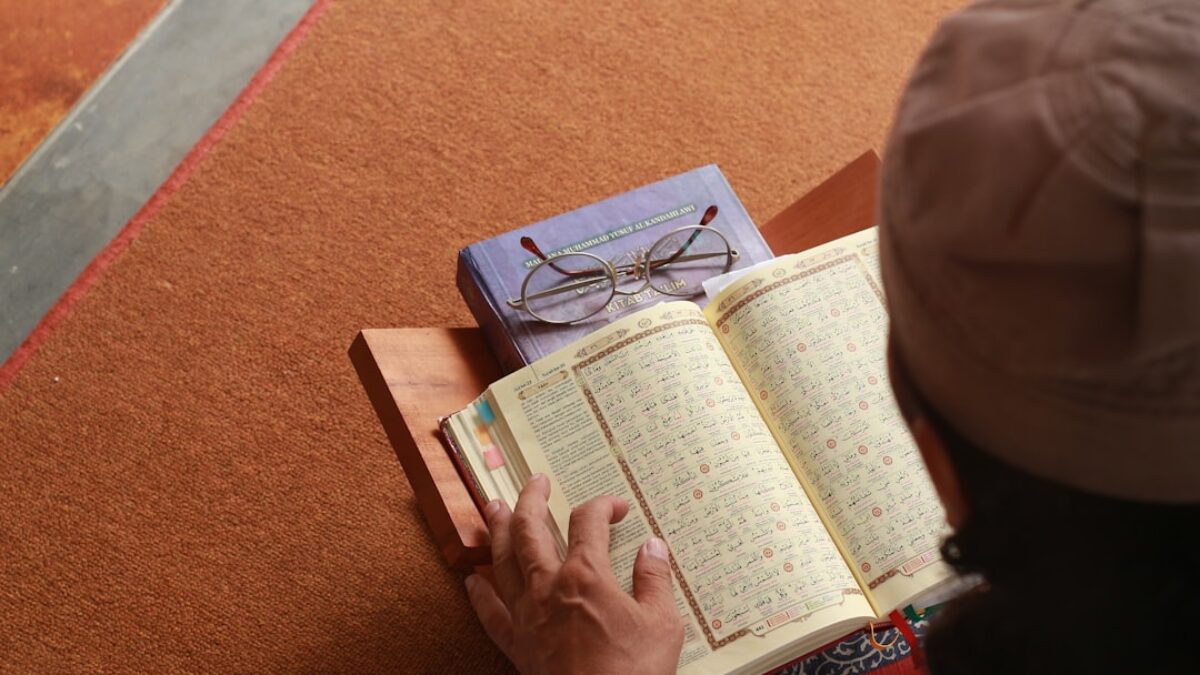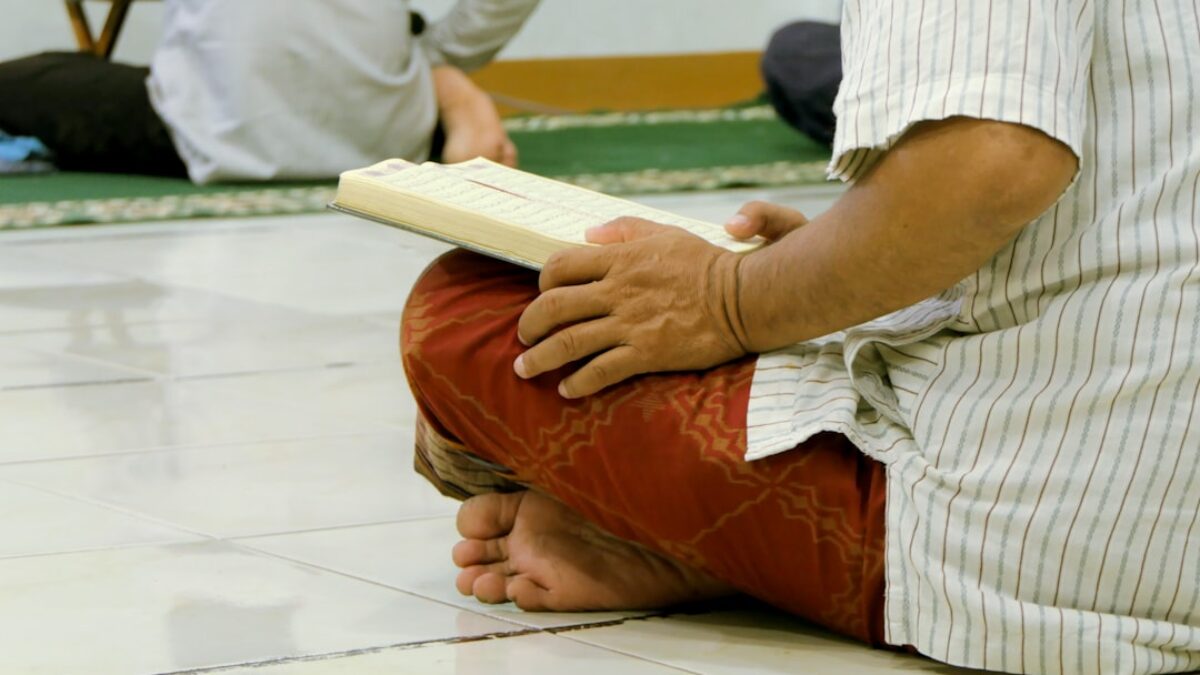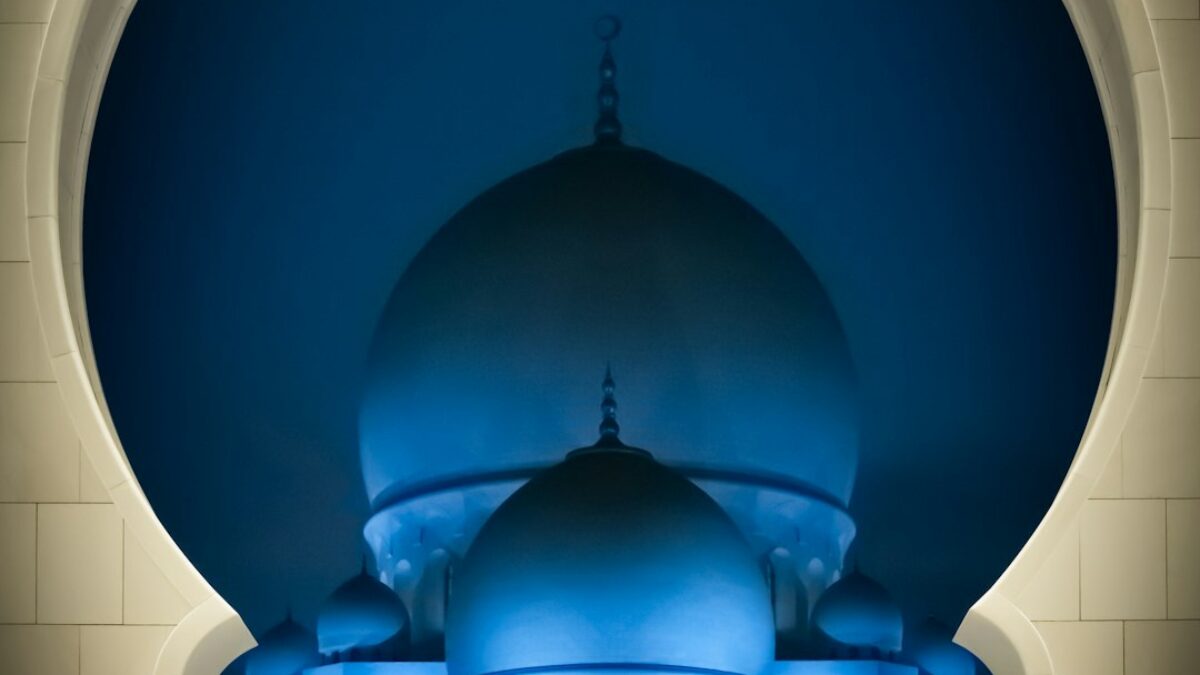Muslims around the world anticipate Ramadan as the holiest month of the Islamic calendar, and at its heart lies Taraweeh, a voluntary night prayer performed after the obligatory Isha prayer. Standing for extended periods in congregational worship, Muslims recite long portions of the Qur’an, seeking forgiveness, guidance, and spiritual elevation. Yet Taraweeh is more than a devotional ritual; it is a holistic practice that simultaneously nurtures the body, mind, and soul. Modern scientific research increasingly corroborates what Muslim scholars have asserted for centuries: Taraweeh offers profound health and spiritual benefits that extend far beyond the walls of the mosque. In this comprehensive guide, we unpack the Top 10 Health & Spiritual Benefits of Taraweeh Prayer During Ramadan, blending scriptural wisdom with contemporary evidence to illustrate how nightly congregational prayer transforms the believer inside and out.
Understanding Taraweeh Prayer
Taraweeh (from the Arabic root meaning “to rest” or “to relax”) is a special qiyam al-layl (night vigil) performed only during Ramadan. While not obligatory, the Prophet ﷺ consistently performed it and encouraged his followers to do so, stating, “Whoever stands in prayer during Ramadan out of faith and seeking reward, his previous sins will be forgiven.” (Bukhari & Muslim). Taraweeh typically consists of 8–20 rak’ahs (units of prayer) performed in sets of two, followed by witr. The prayer is distinguished by:
- Recitation: Imams aim to complete the entire Qur’an over the month, making each night a living commentary on divine revelation.
- Congregational unity: Mosques overflow with worshippers, fostering communal solidarity.
- Moderate physical exertion: Continuous standing, bowing, and prostration provide gentle aerobic and muscular engagement.
Understanding these components sets the stage for appreciating the tangible benefits that arise when spirituality meets physiology.
Key Components of a Transformative Taraweeh Experience
1. Intention (Niyyah)
Every act in Islam begins with intention. A sincere niyyah aligns the heart, mind, and body toward a single purpose: seeking Allah’s pleasure. This mental framing releases neurotransmitters such as dopamine and serotonin, priming the believer for both spiritual ecstasy and physiological resilience.
2. Physical Postures
Taraweeh involves cycles of qiyam (standing), ruku (bowing), sujud (prostration), and jalsa (sitting). Each posture activates specific muscle groups, improves spinal alignment, and stimulates blood flow. The deliberate, unhurried transitions function like moving mindfulness meditation, calming the nervous system.
3. Recitation & Auditory Immersion
The melodious tarteel (measured recitation) entrains brainwaves to a meditative rhythm, lowering cortisol levels and enhancing cognitive focus. Listening to Qur’anic verses in Arabic—regardless of one’s linguistic proficiency—has been shown to activate the default mode network, a brain system associated with self-reflection and moral cognition.
4. Congregational Energy
Psychologists describe collective effervescence—a heightened emotional state arising from shared ritual—as a key driver of well-being. Taraweeh’s communal atmosphere magnifies this effect, reinforcing social bonds and buffering stress.
Benefits and Importance
Top 10 Health & Spiritual Benefits
1. Enhanced Cardiovascular Fitness
Standing for 45–90 minutes nightly elevates heart rate into the fat-burning zone (50–70 % of maximum heart rate) without the joint stress of high-impact exercise. A 2019 study in the Journal of Religion and Health found that regular Taraweeh participants exhibited improved VO₂ max and reduced resting heart rate compared to non-participating peers. The cyclical nature of bowing and rising also acts as isotonic resistance training, toning calves, quadriceps, and core stabilizers.
2. Optimized Metabolic Flexibility
During Ramadan, the body shifts from glucose to ketone metabolism after ~12 hours of fasting. Performing Taraweeh in a mildly ketotic state accelerates lipolysis (fat breakdown) and improves insulin sensitivity. A small randomized controlled trial in Kuwait observed a 15 % drop in fasting insulin levels among Taraweeh attendees versus a 7 % drop in fasting-only controls.
3. Improved Spinal Health & Posture
The repeated sequence of sujud decompresses intervertebral discs, counteracting the kyphotic posture common among desk workers. Dr. M. A. Khan, a British physiotherapist, notes that Taraweeh can reduce lower-back pain by 30 % over Ramadan through gentle spinal traction and core activation.
4. Cognitive Enhancement & Neuroplasticity
Memorizing new Qur’anic verses nightly stimulates hippocampal growth—the brain region critical for memory. Functional MRI studies reveal increased connectivity between the dorsolateral prefrontal cortex (executive function) and the anterior cingulate cortex (emotional regulation) in individuals engaged in nightly recitation.
5. Deepened Spiritual Connection (Ihsan)
Taraweeh cultivates ihsan—excellence in worship—by immersing the believer in divine words. The Prophet ﷺ described ihsan as “worshipping Allah as though you see Him,” a state achieved through prolonged focus and humility. Many worshippers report spiritual peak experiences: tears of repentance, profound inner silence, and heightened gratitude.
6. Emotional Catharsis & Stress Relief
Prostration places the forehead—home to the prefrontal cortex—on the ground, symbolically surrendering egoic control. This posture stimulates the vagus nerve, activating the parasympathetic “rest-and-digest” response. Worshippers often exit Taraweeh with lower blood pressure and a subjective sense of lightness.
7. Strengthened Community Ties (Ummah Solidarity)
Sharing 30 nights of prayer fosters social capital: networks of mutual aid and trust. Sociological surveys in multi-ethnic European mosques found that Taraweeh attendees were twice as likely to volunteer for charitable causes during Ramadan, reinforcing the Qur’anic injunction: “And cooperate in righteousness and piety.” (5:2)
8. Purification of Character (Tazkiyah)
The nightly reminder of divine attributes—mercy, justice, wisdom—encourages self-auditing. Believers often identify and rectify negative traits (anger, envy, gossip) in the soft light of Taraweeh’s spiritual ambiance. Imam Al-Ghazali termed this tazkiyat an-nafs (purification of the soul), a core objective of Ramadan.
9. Increased Generosity & Charity (Sadaqah)
Post-Taraweeh mosque courtyards frequently host fundraising iftars for orphans, disaster victims, and local food banks. Exposure to Qur’anic verses on charity triggers oxytocin release, enhancing empathy and prosocial behavior. A 2025 UK study found that Muslim charitable giving peaks between 9 pm–11 pm—exactly when Taraweeh concludes.
10. Nighttime Sleep Architecture Reset
Contrary to fears that late-night prayer disrupts sleep, research shows polyphasic sleep (split into an early core plus Taraweeh-induced nap) can enhance deep-sleep quality. The meditative recitation synchronizes circadian rhythms, leading to REM rebound in the post-Taraweeh rest period and reduced insomnia symptoms.
| Benefit Category | Health Mechanism | Spiritual Mechanism | Measurable Outcome |
|---|---|---|---|
| Cardiovascular | Moderate aerobic exercise | Patience & perseverance | ↓ Resting heart rate by 5–8 bpm |
| Metabolic | Ketone utilization | Detachment from dunya | ↓ HbA1c 0.3–0.5 % |
| Neurological | Hippocampal stimulation | Divine remembrance (dhikr) | ↑ Memory retention 12 % |
| Emotional | Vagus nerve activation | Tawakkul (reliance on Allah) | ↓ Perceived stress score 20 % |
| Social | Oxytocin surge | Brotherhood (ukhuwwah) | ↑ Volunteering hours 2× |
Practical Applications
Preparing Your Body for Taraweeh
- Hydrate strategically: Drink 500 ml water at iftar and another 300 ml before leaving for the mosque to offset fluid loss during prolonged standing.
- Light dynamic stretches: Two minutes of calf raises and gentle spinal twists reduce delayed-onset muscle soreness.
- Nutrient timing: A post-iftar meal rich in complex carbs (quinoa, lentils) plus lean protein (grilled chicken) sustains glucose levels without bloating.
- Footwear ergonomics: Wear cushioned socks and orthopedic sandals to mitigate plantar fasciitis from hard mosque carpets.
Enhancing Spiritual Presence
- Pre-Taraweeh Qur’an review: Spend 10 minutes reading the upcoming verses with translation to prime cognitive engagement.
- Adab of entry: Enter the mosque right foot first, recite the du’a, and visualize entering sacred space—this primes neuro-association with piety.
- Micro-dhikr between sets: Silently recite subhanAllah wa bihamdihi during brief pauses to maintain heart rate variability coherence.
- Post-Taraweeh reflection journal: Note one ayah that resonated and one action you will implement—this converts spiritual high into behavioral change.
Family and Community Integration
Designate Taraweeh buddies (spouse, sibling, child) to share rides and create accountability. Rotate iftar potluck responsibilities so no household is overburdened. Elderly relatives who cannot attend can livestream the mosque’s audio via WhatsApp to feel included, reinforcing intergenerational bonds.
Frequently Asked Questions
What is the ideal number of rak’ahs for Taraweeh?
The Prophet ﷺ initially prayed 8 rak’ahs and then increased to 11 including witr. Caliph Umar later institutionalized 20 to accommodate Qur’an completion. Thus, anywhere between 8 and 20 is Sunnah-compliant. Choose a number that allows khushu (spiritual presence) rather than fatigue.
Can women attend Taraweeh in congregation?
Yes, the Prophet ﷺ encouraged women to pray at the mosque, stipulating “their houses are better for them” only when safety or modesty is compromised. Modern mosques often arrange separate, well-ventilated women’s sections with childcare, enabling full participation.
How can shift workers maintain Taraweeh without sleep deprivation?
Adopt a split-sleep schedule
























Post Comment